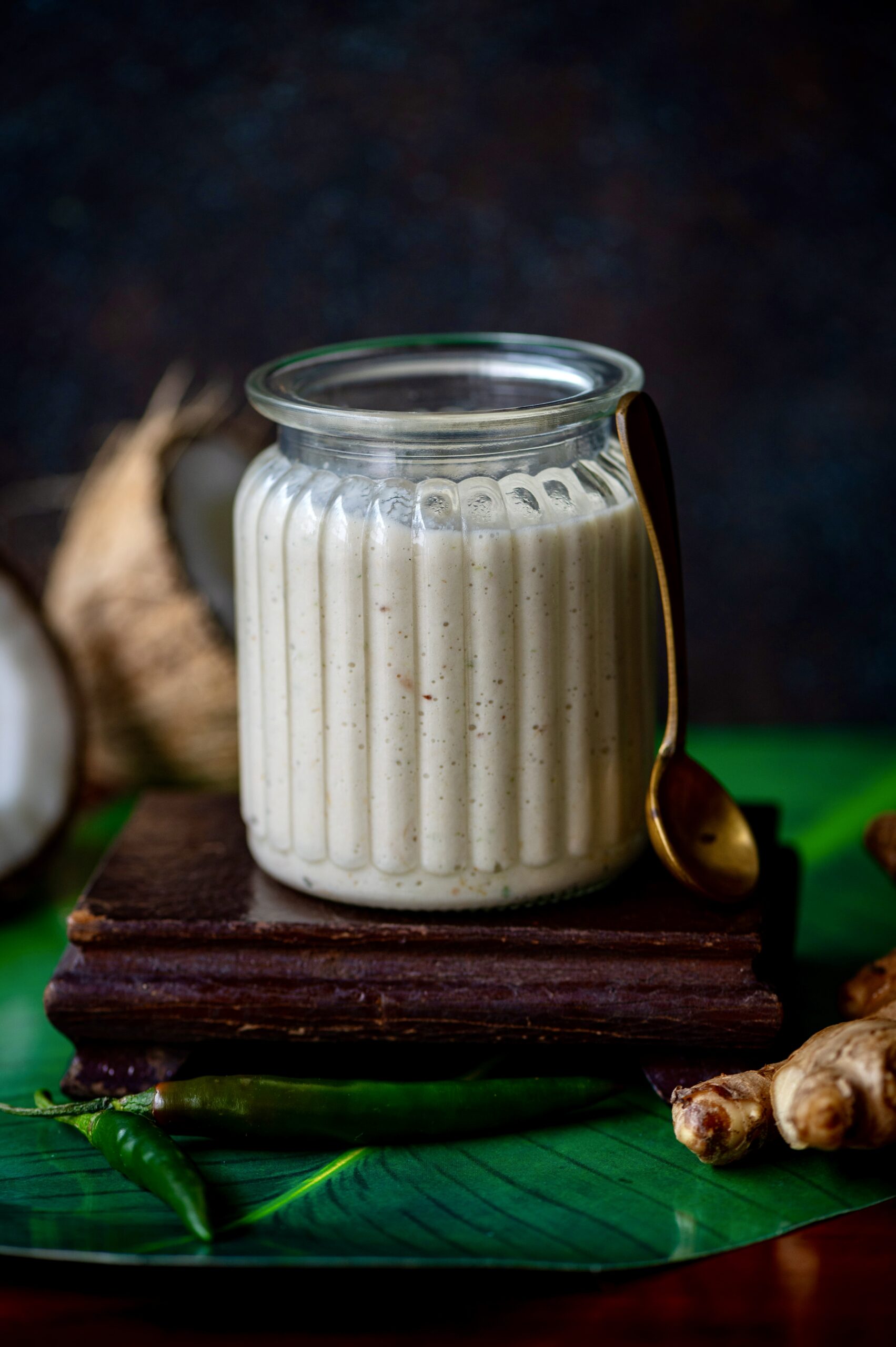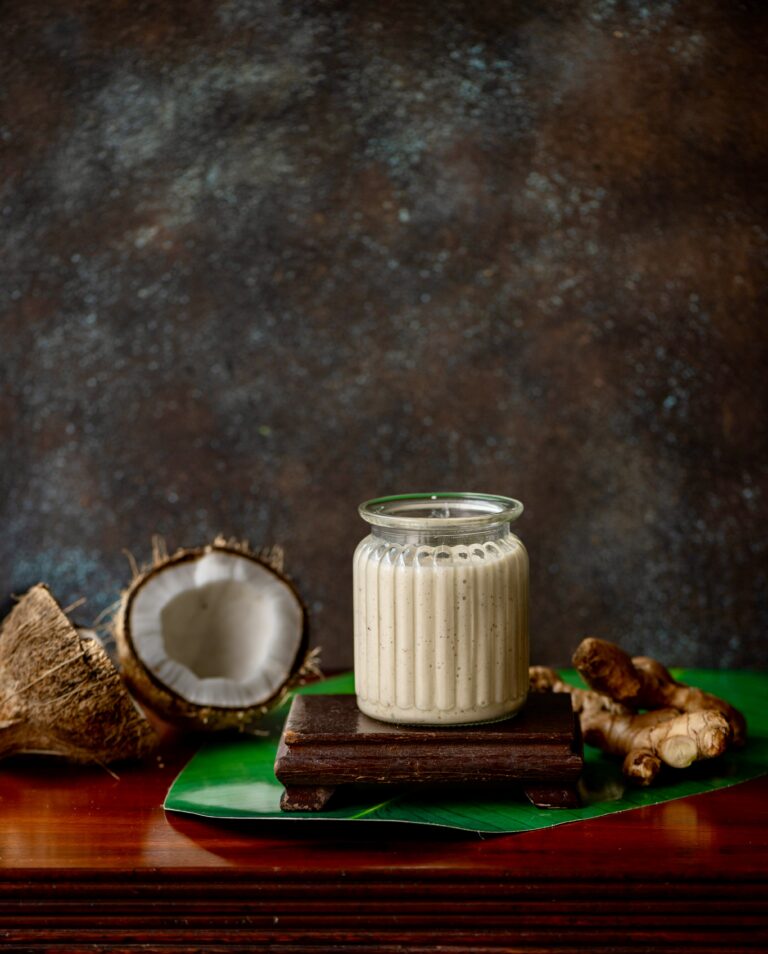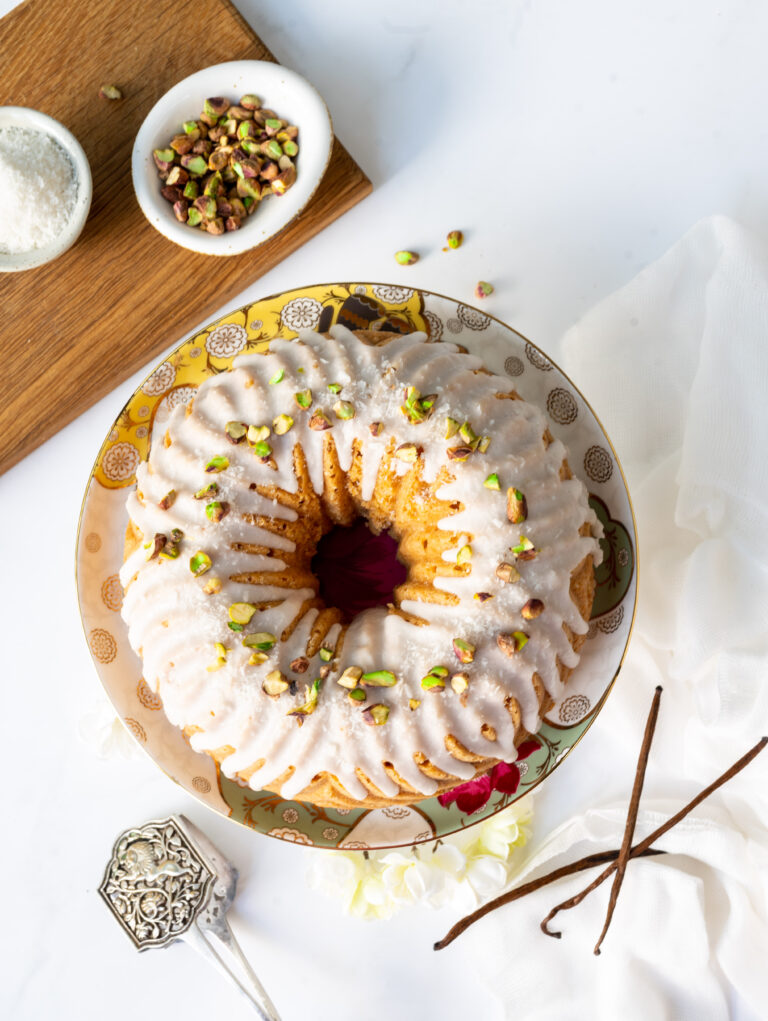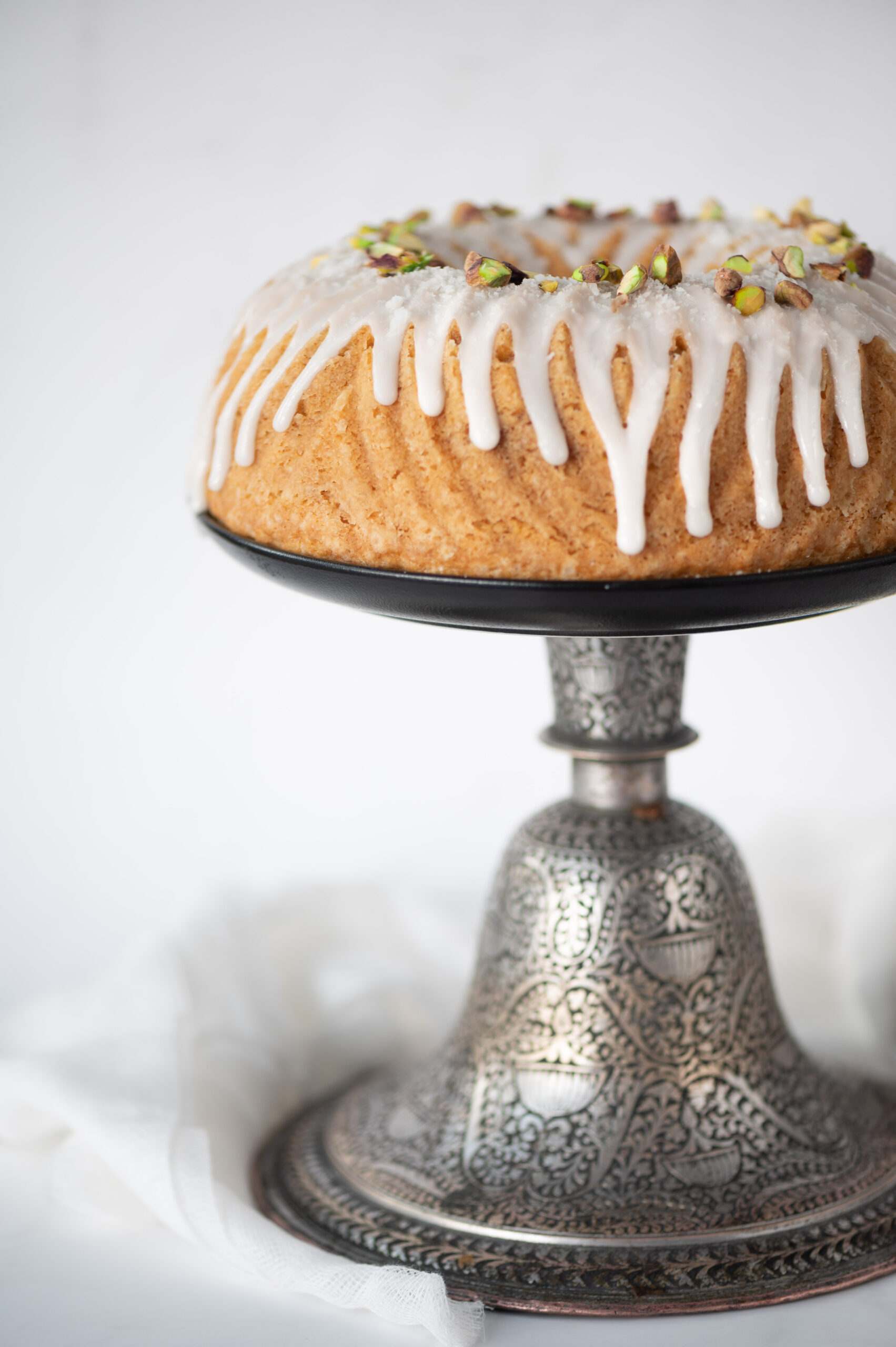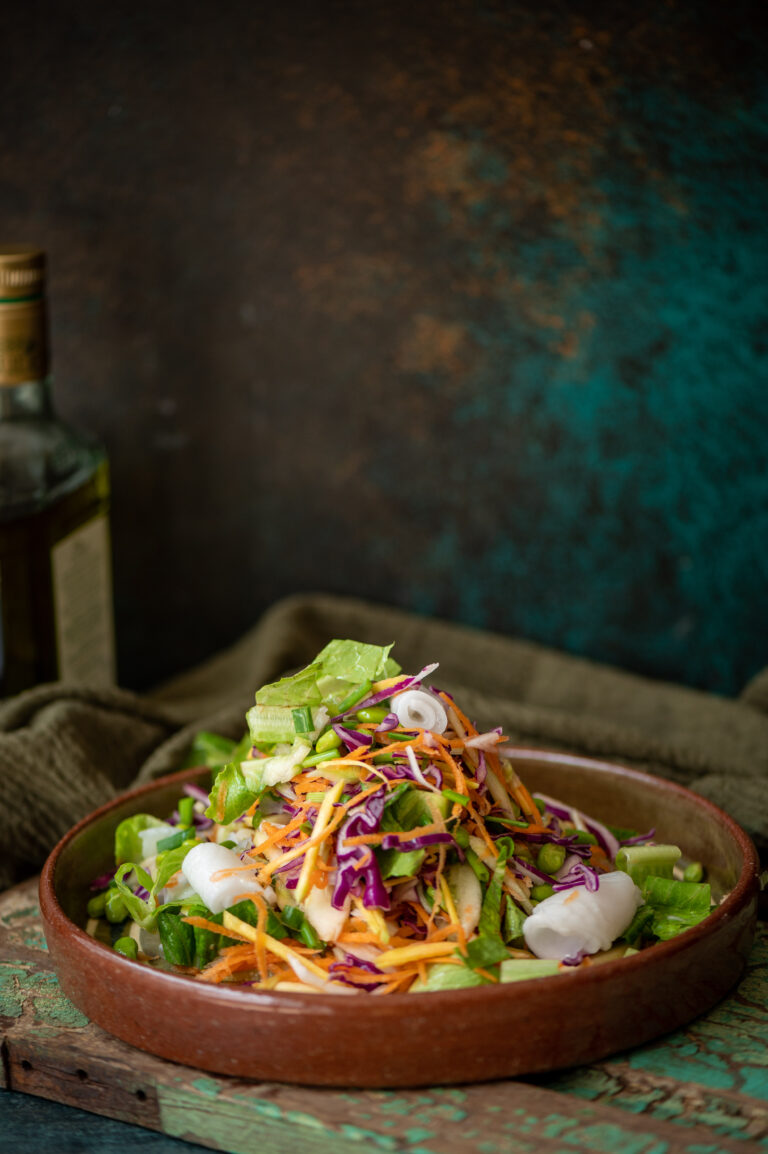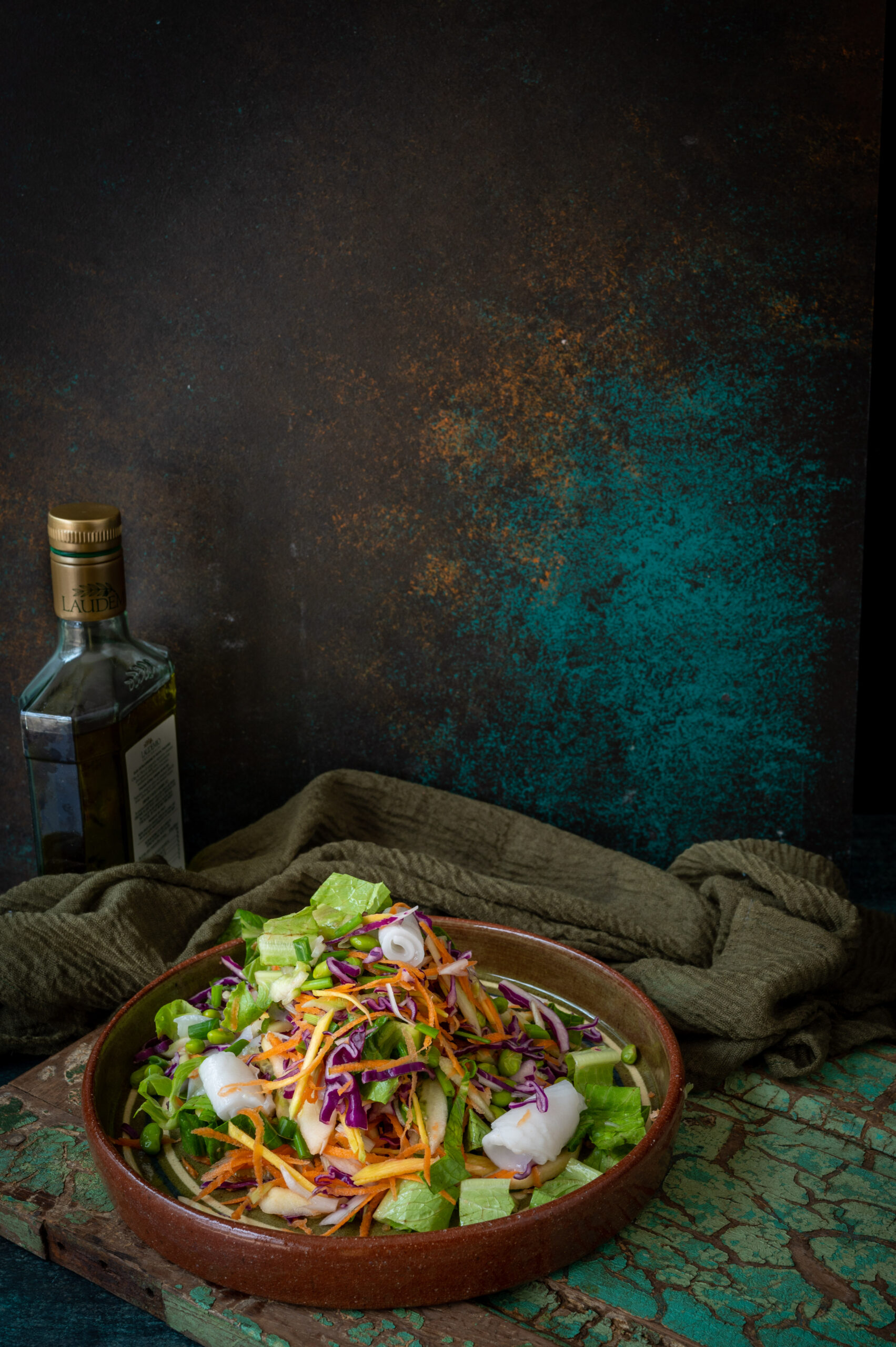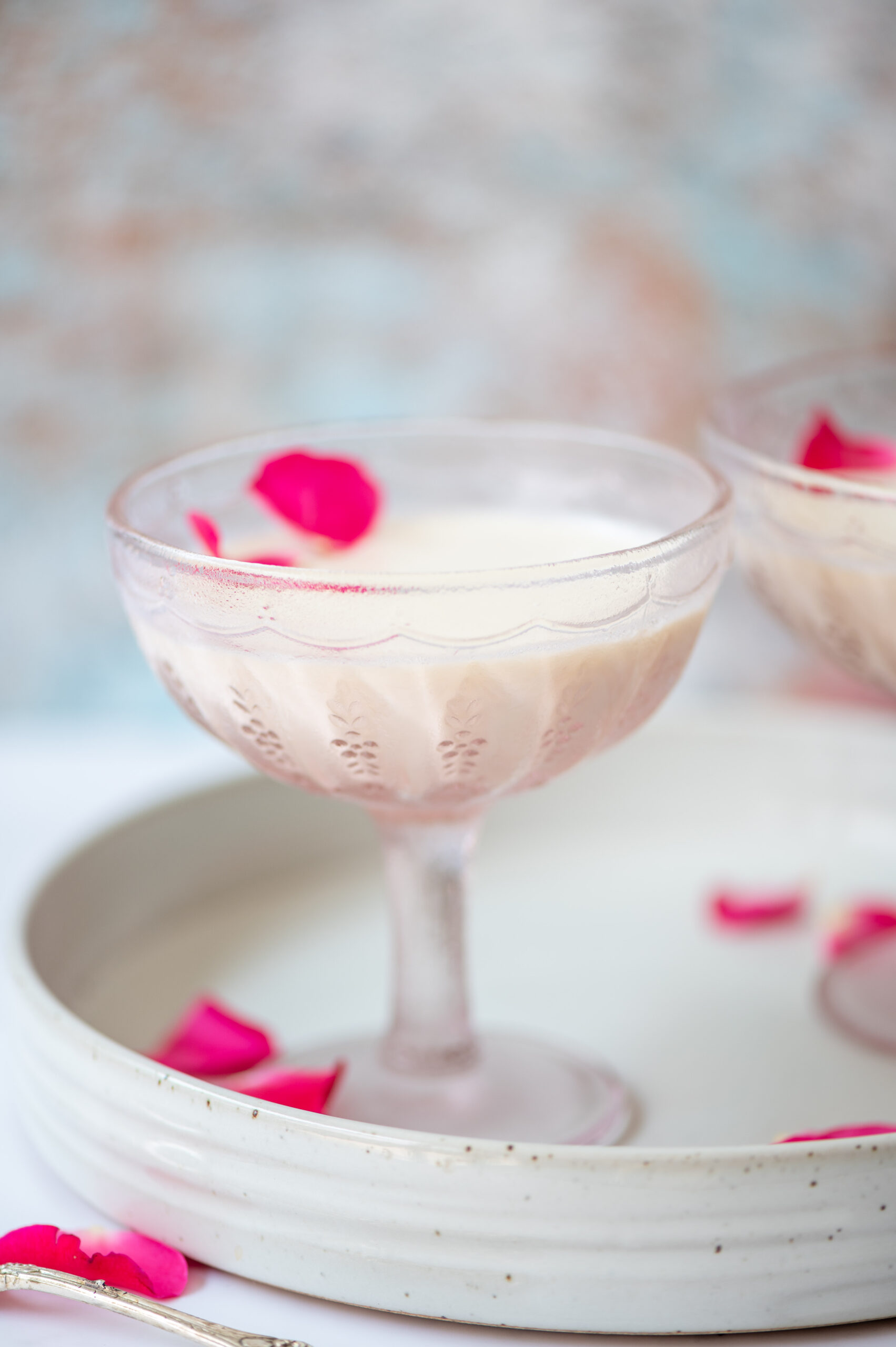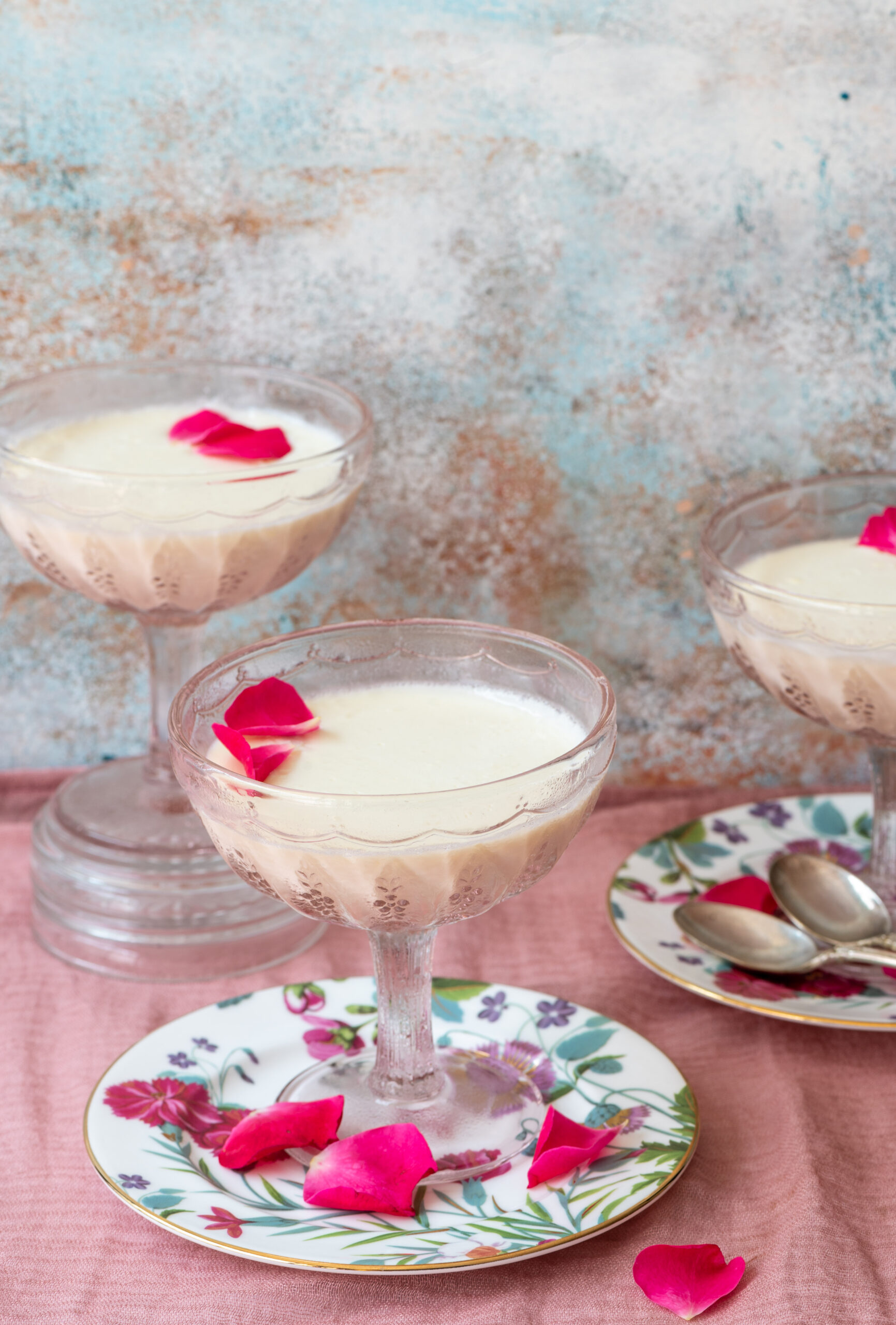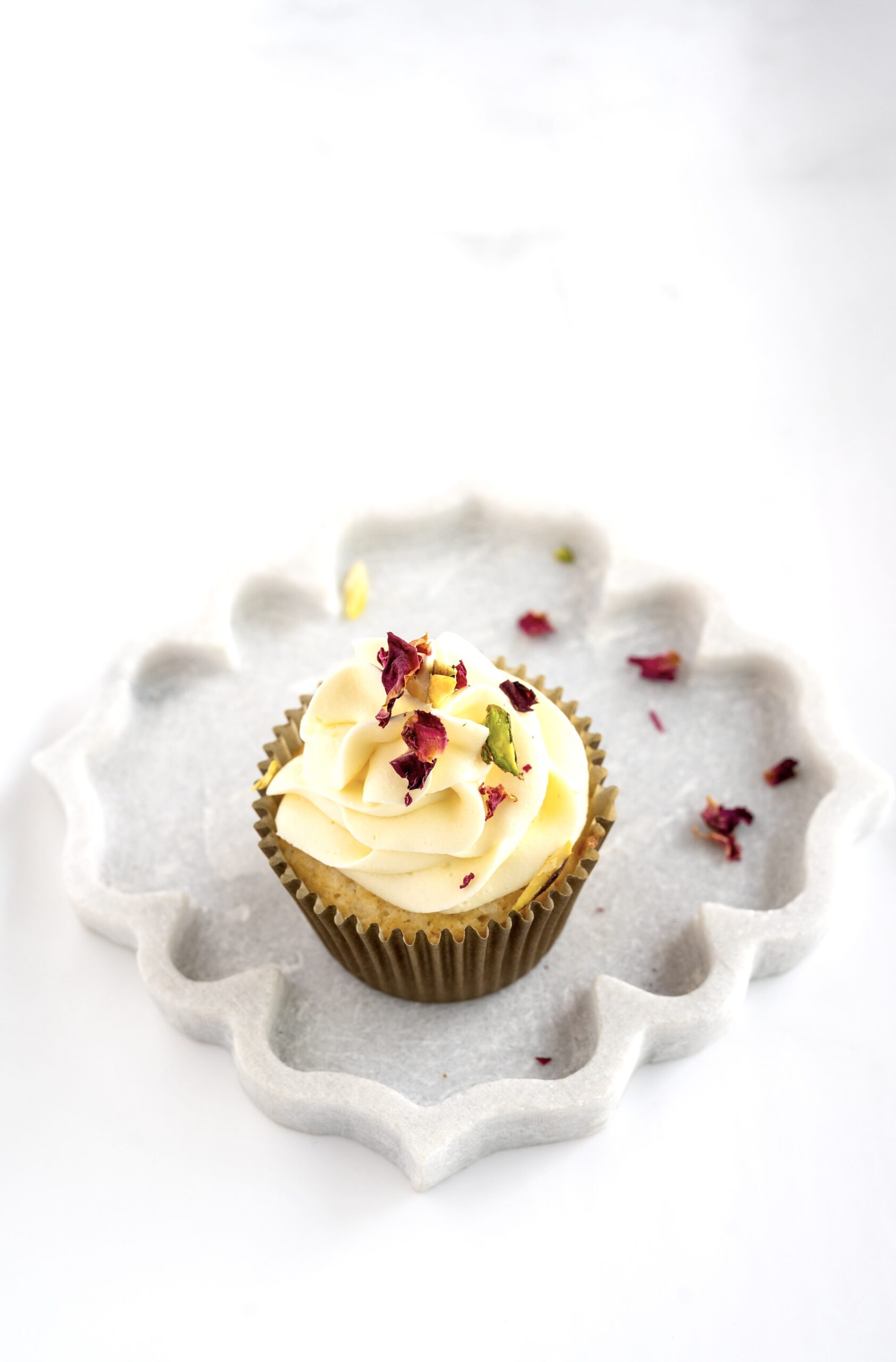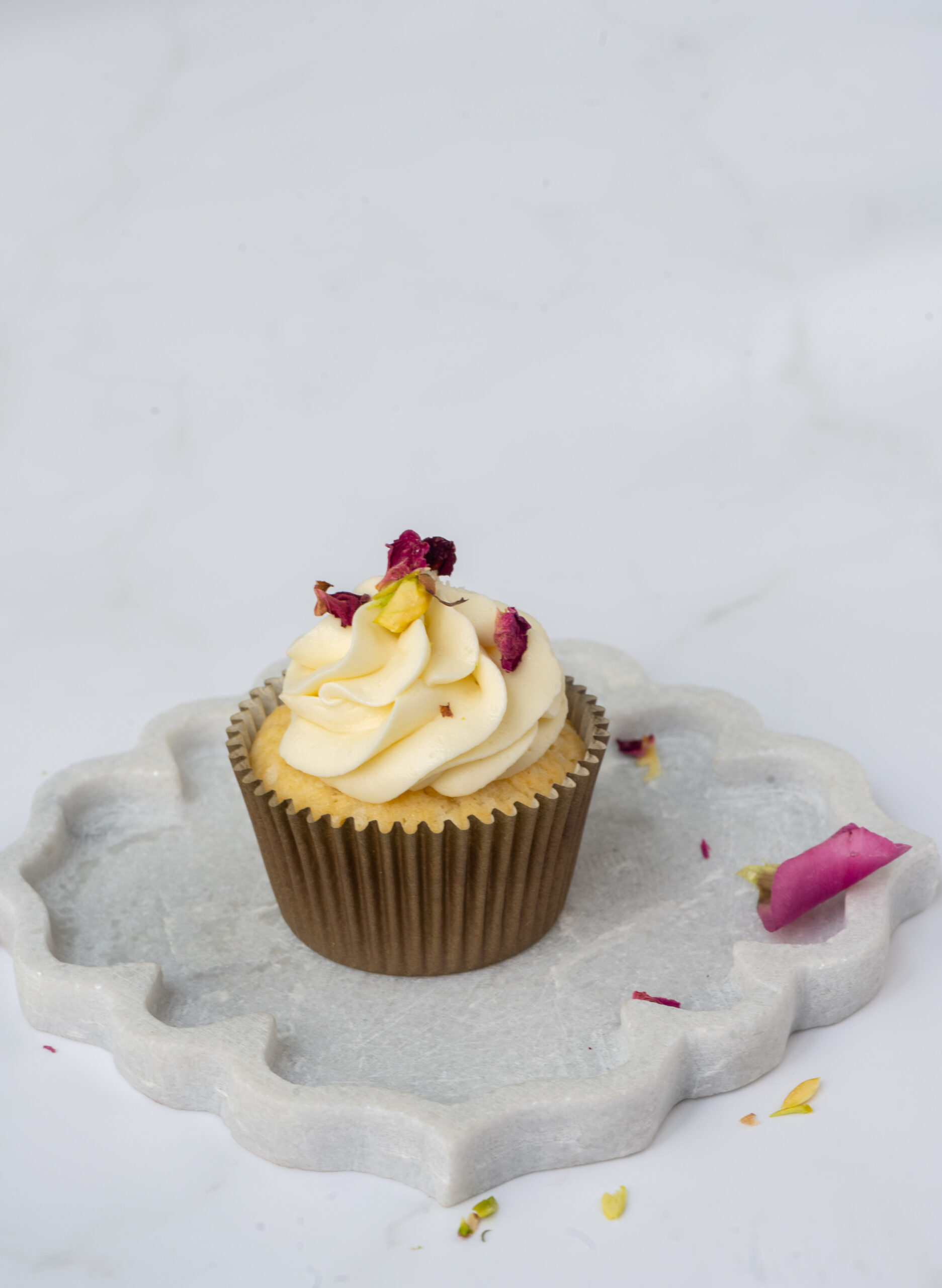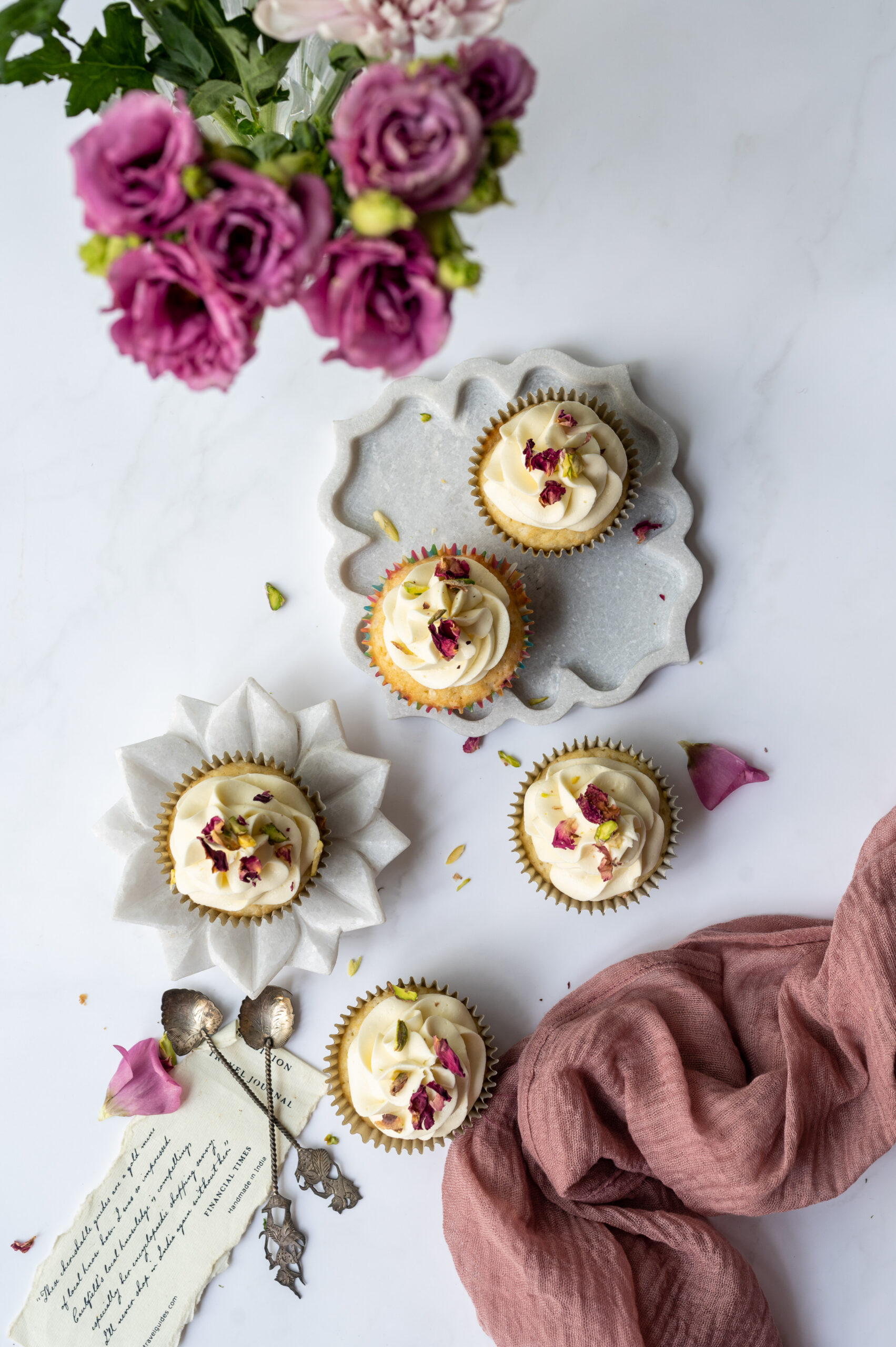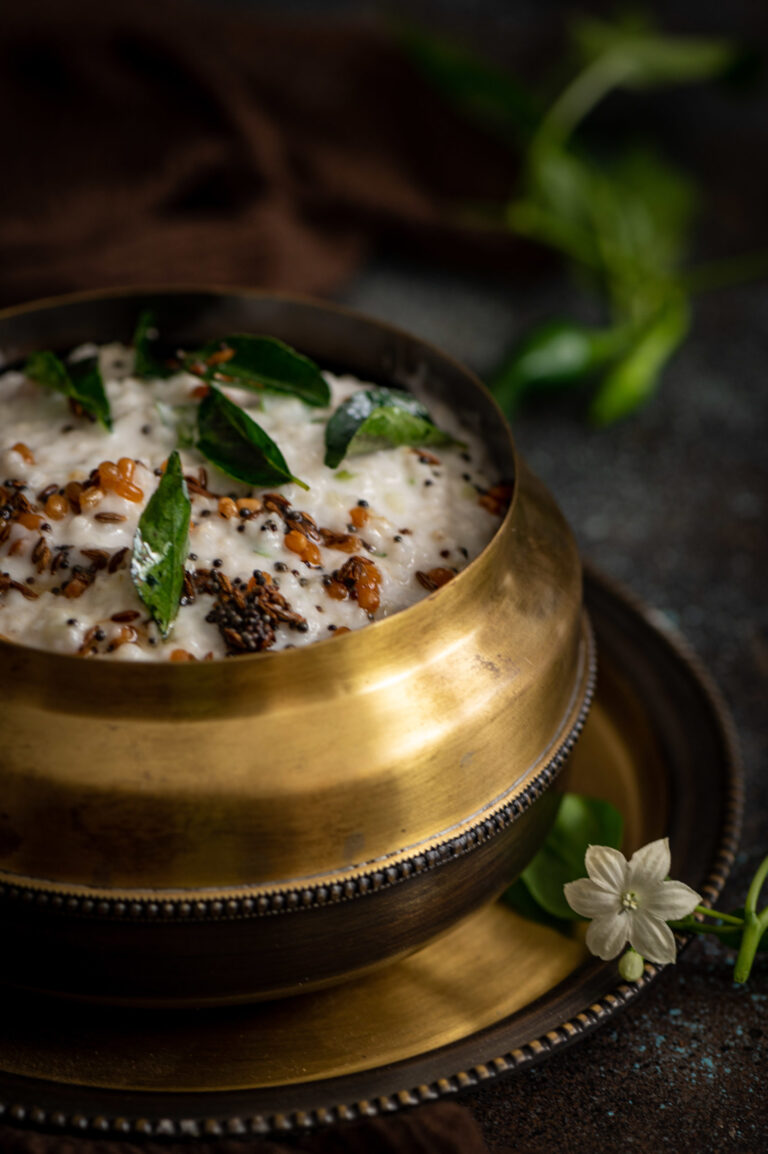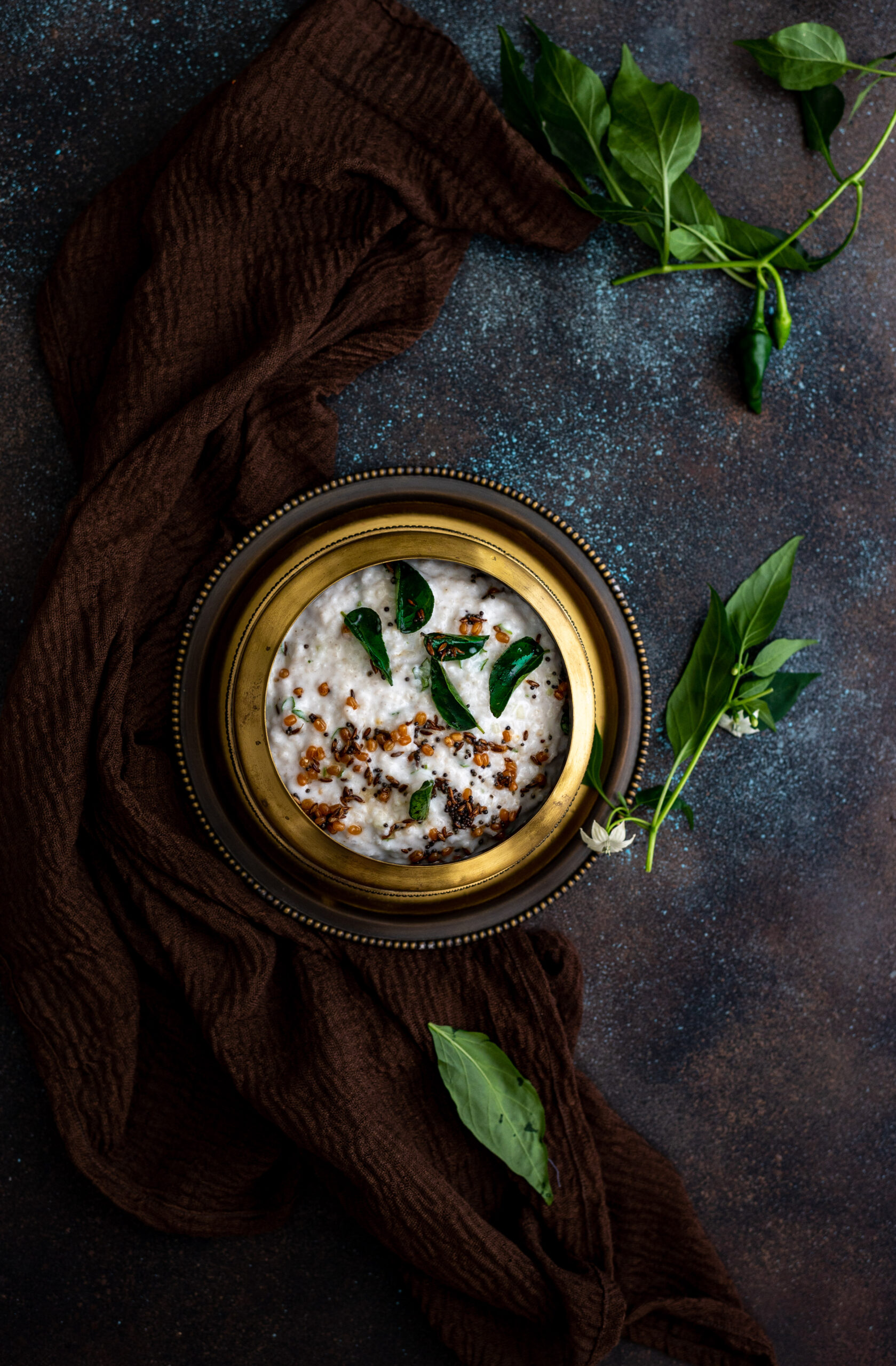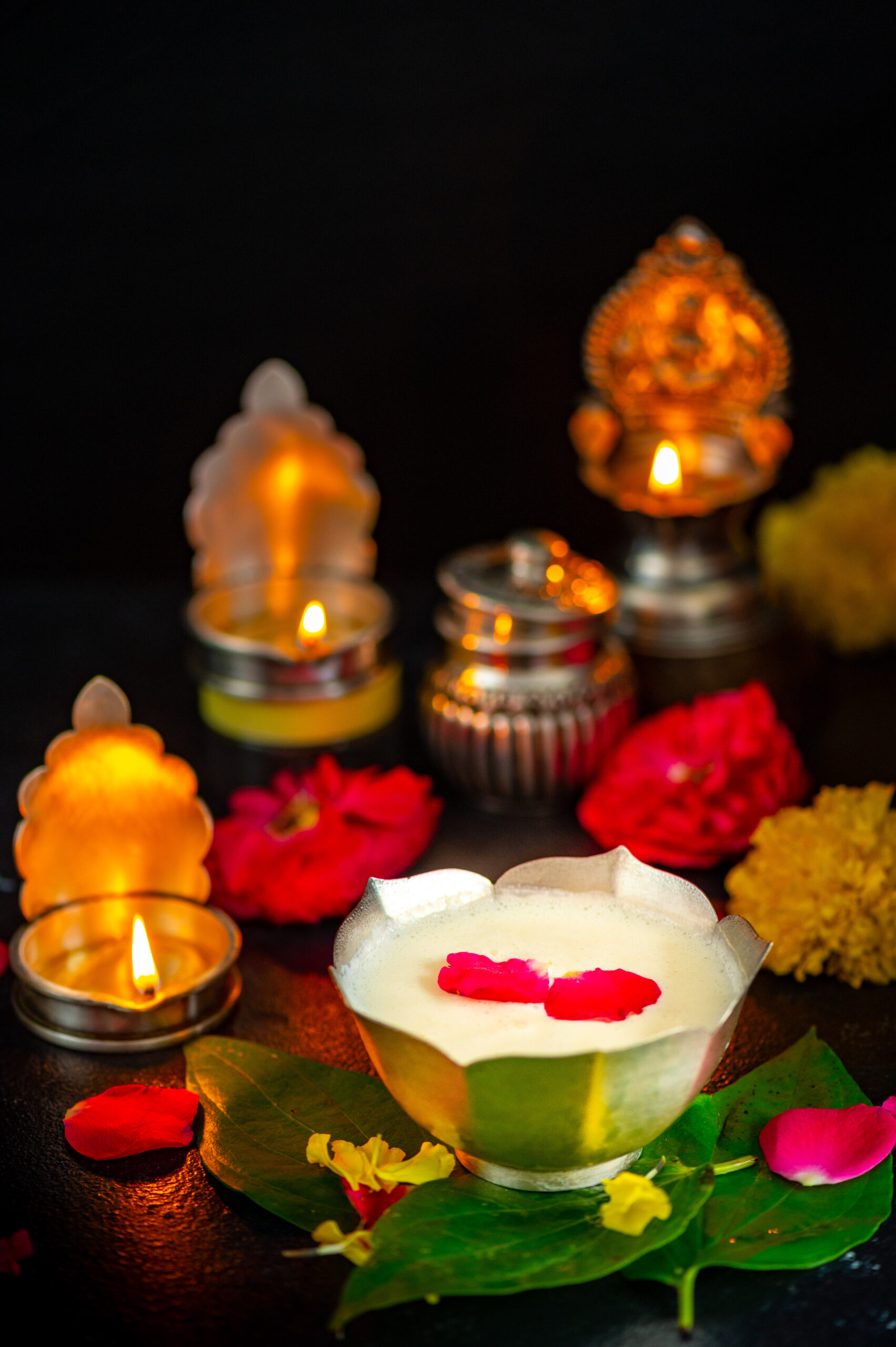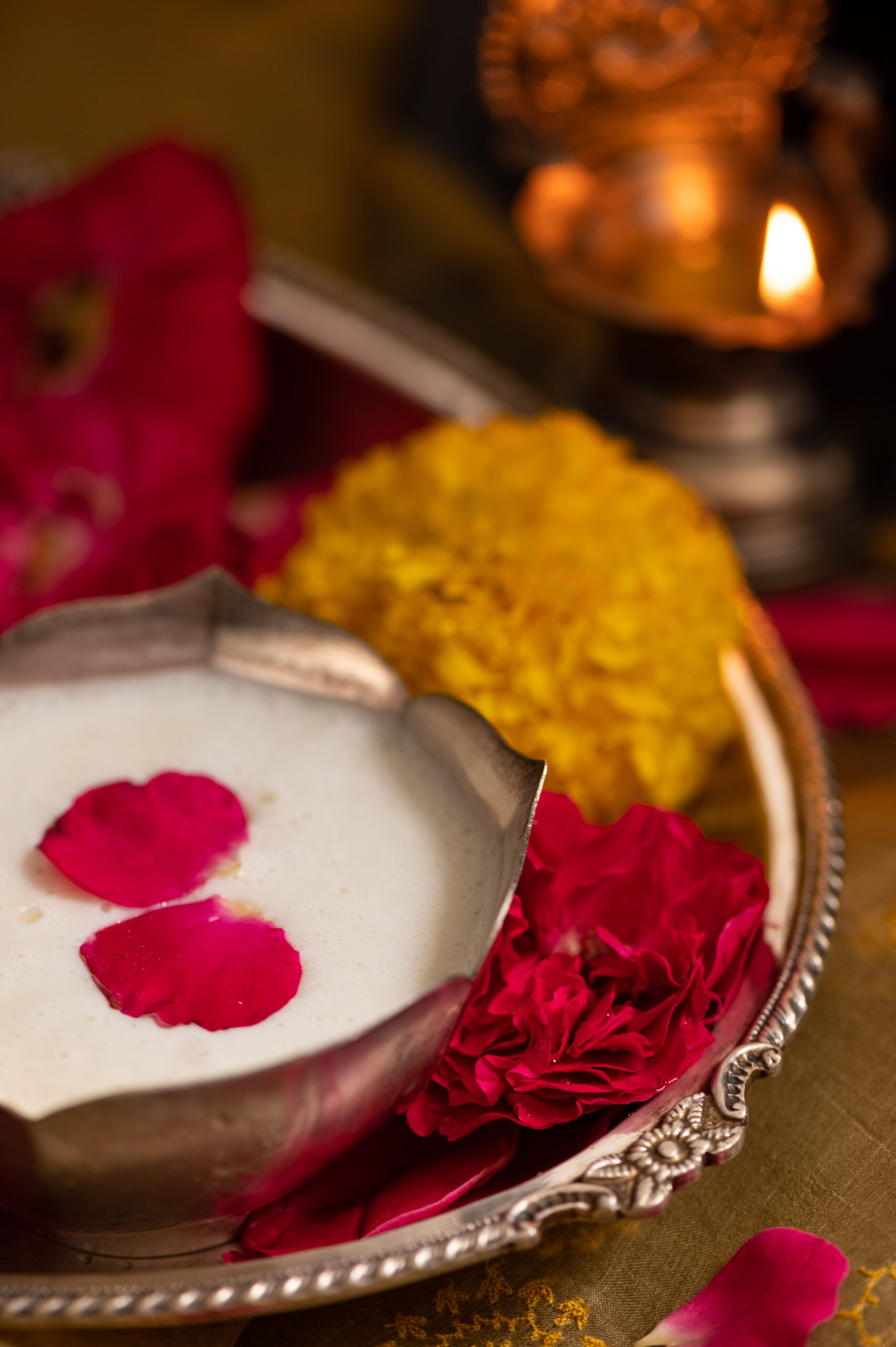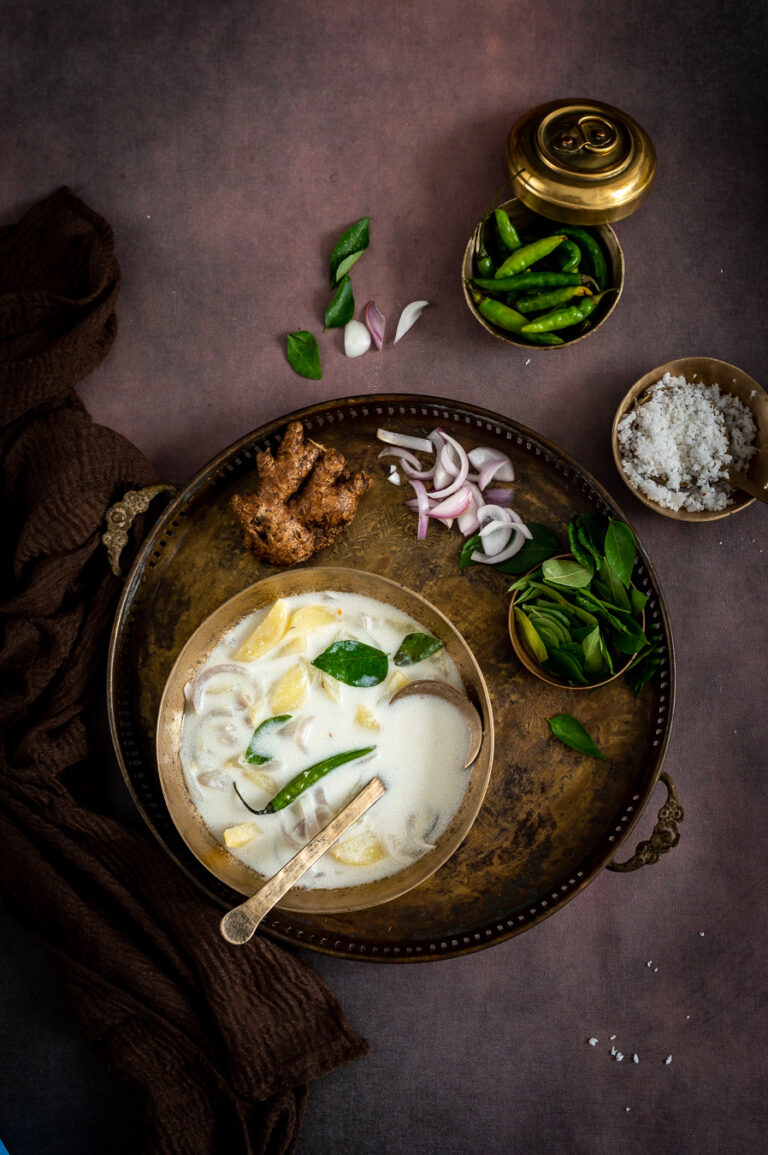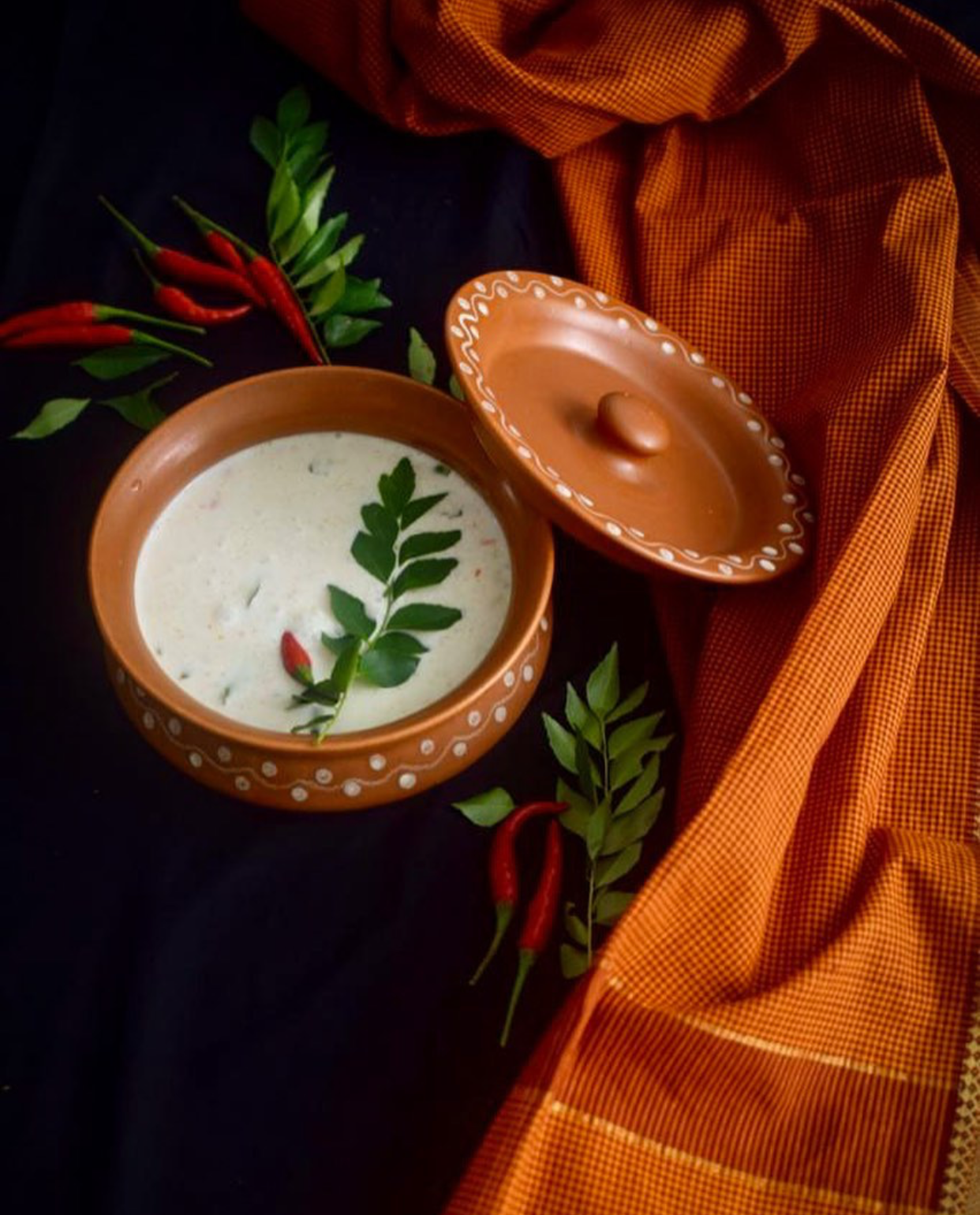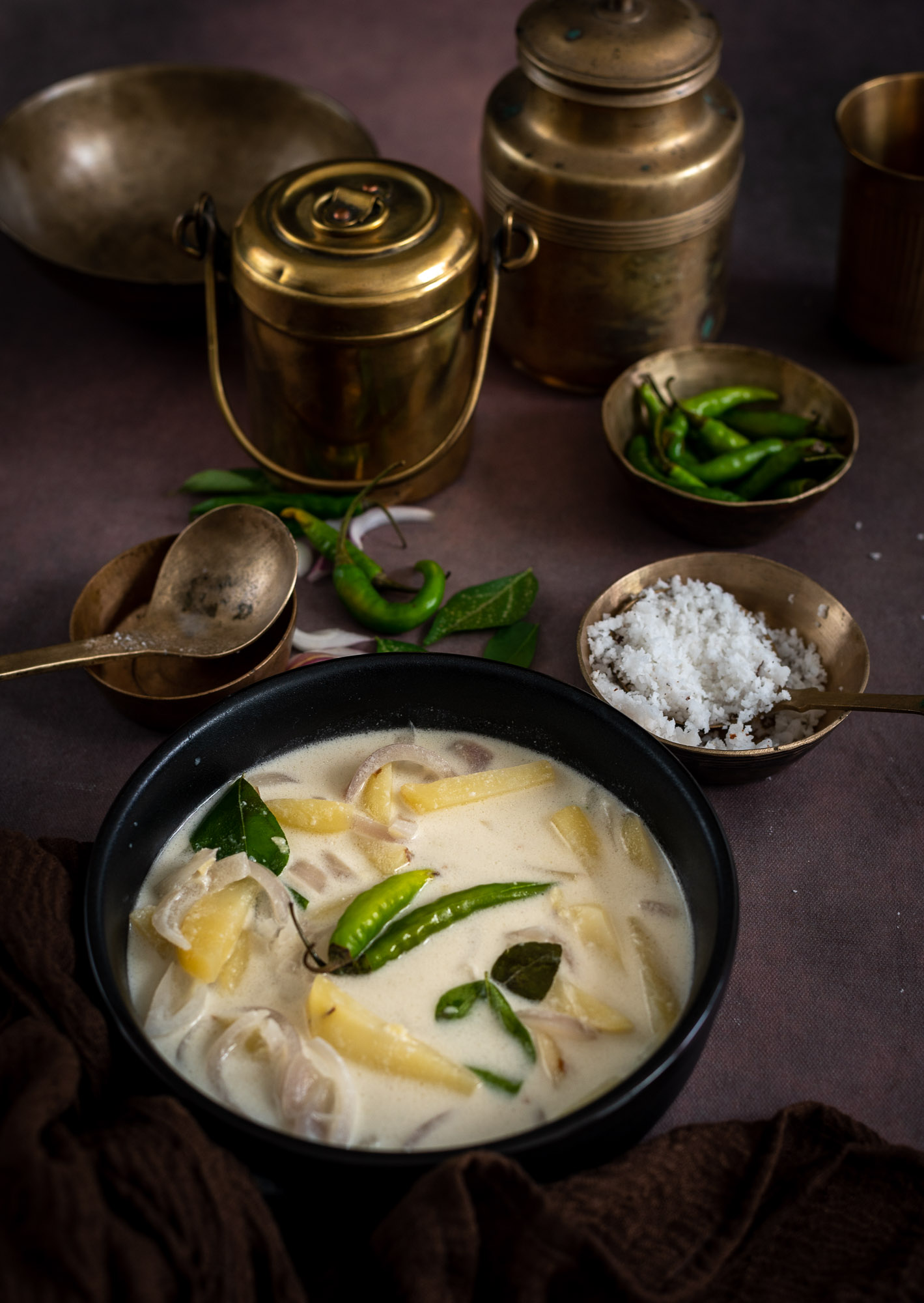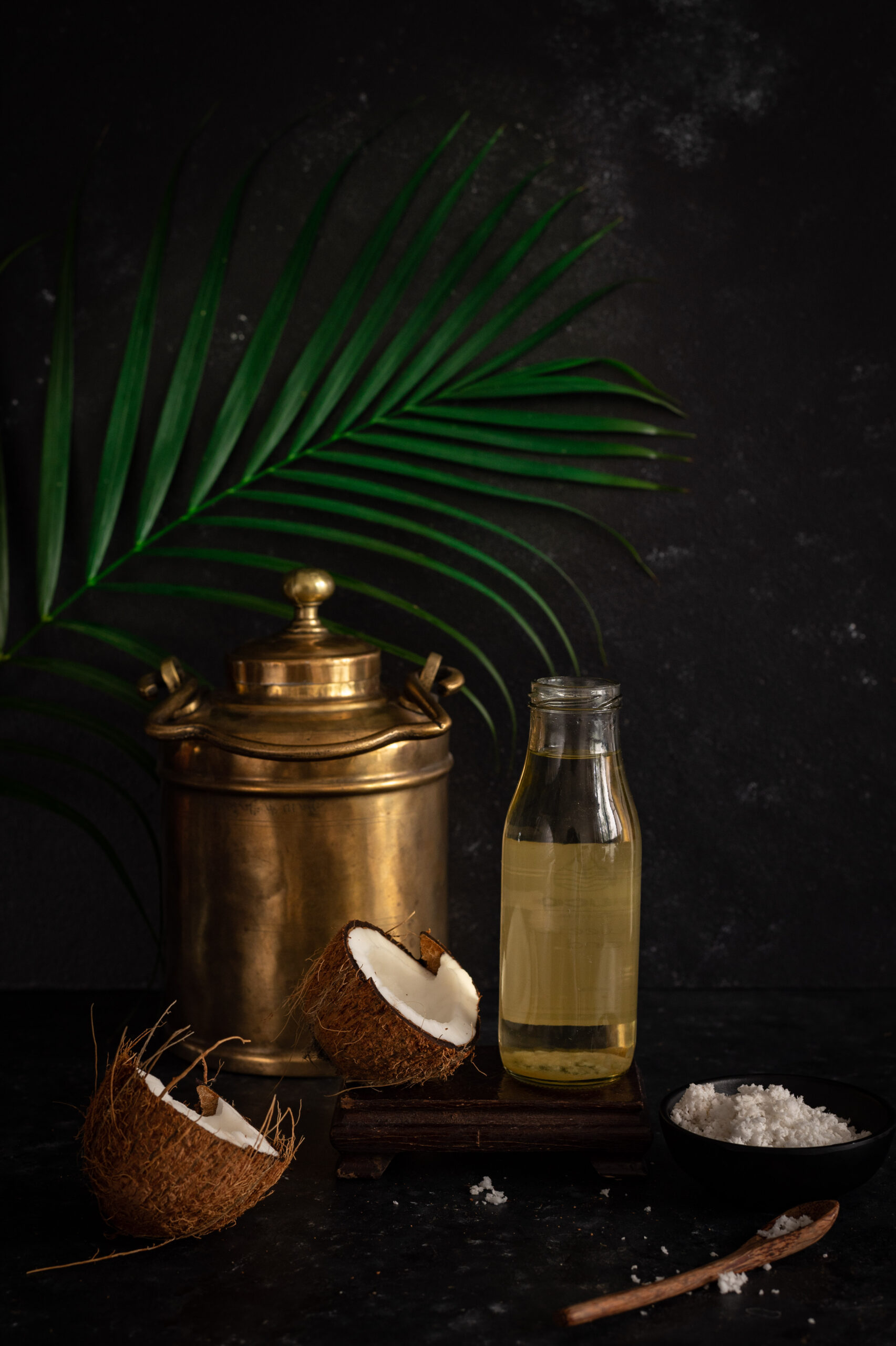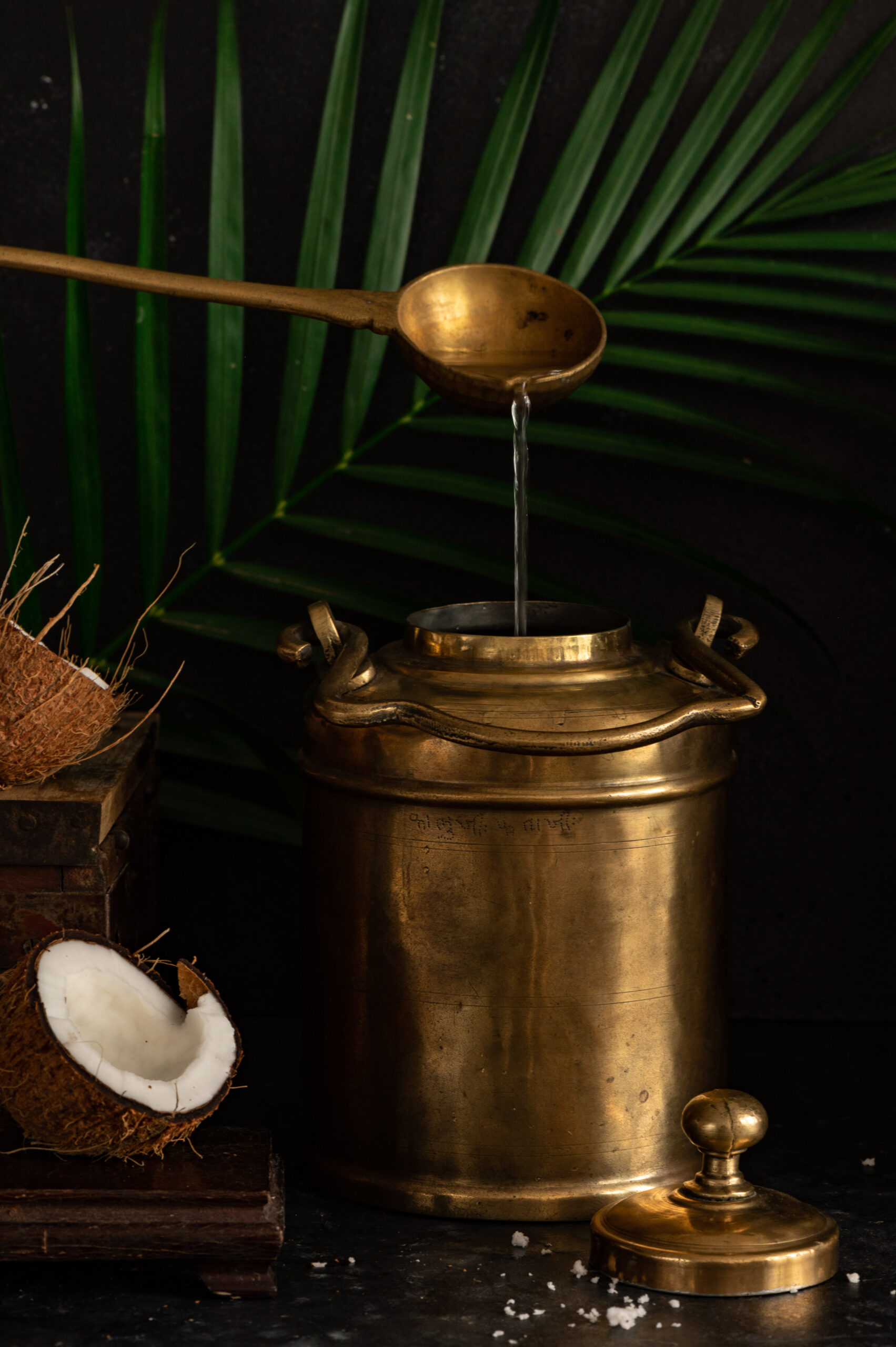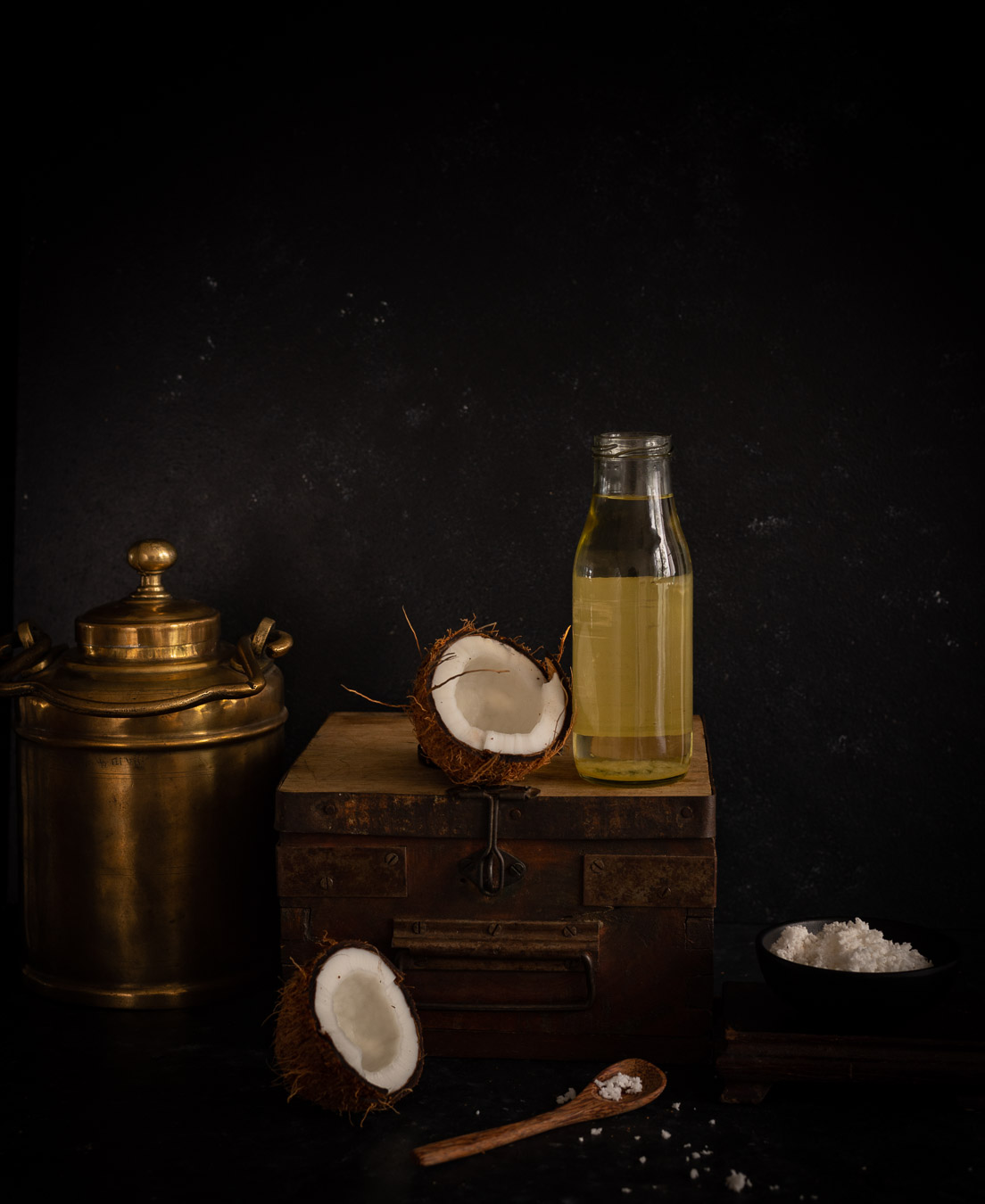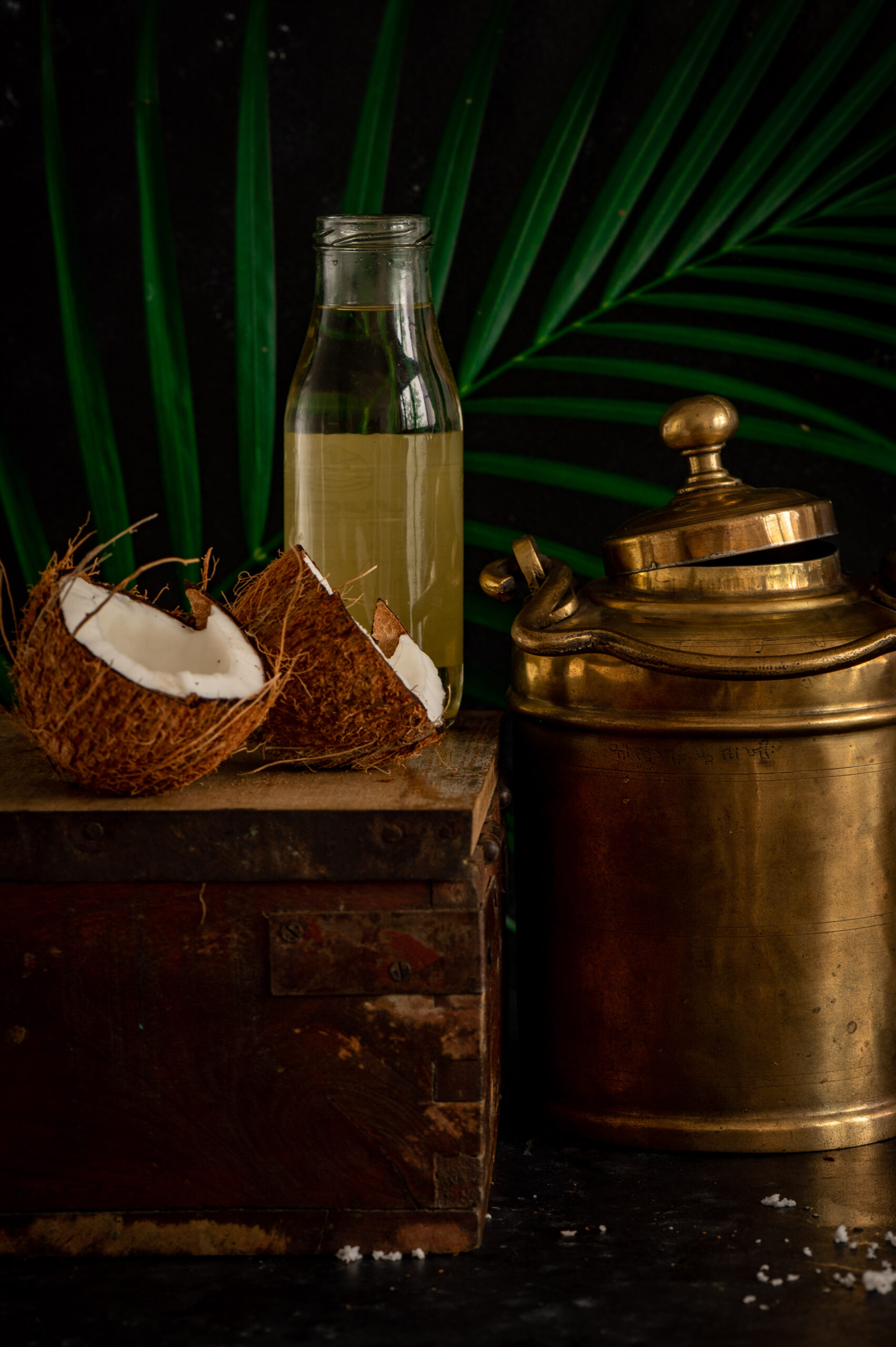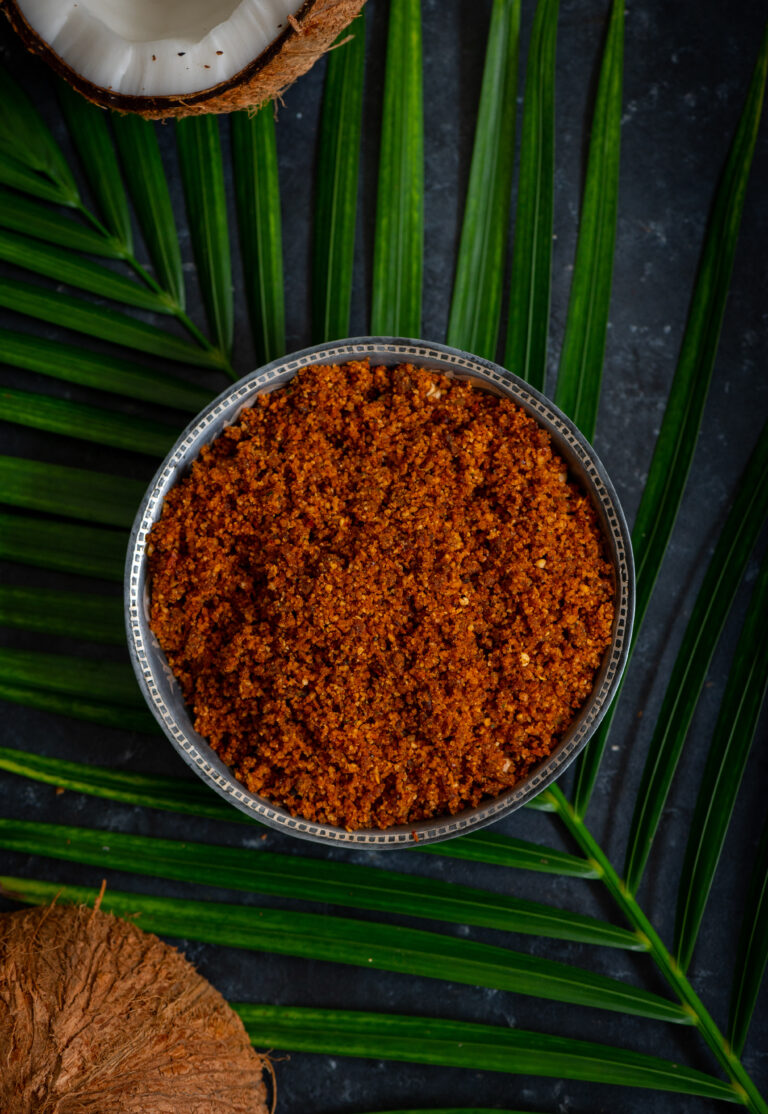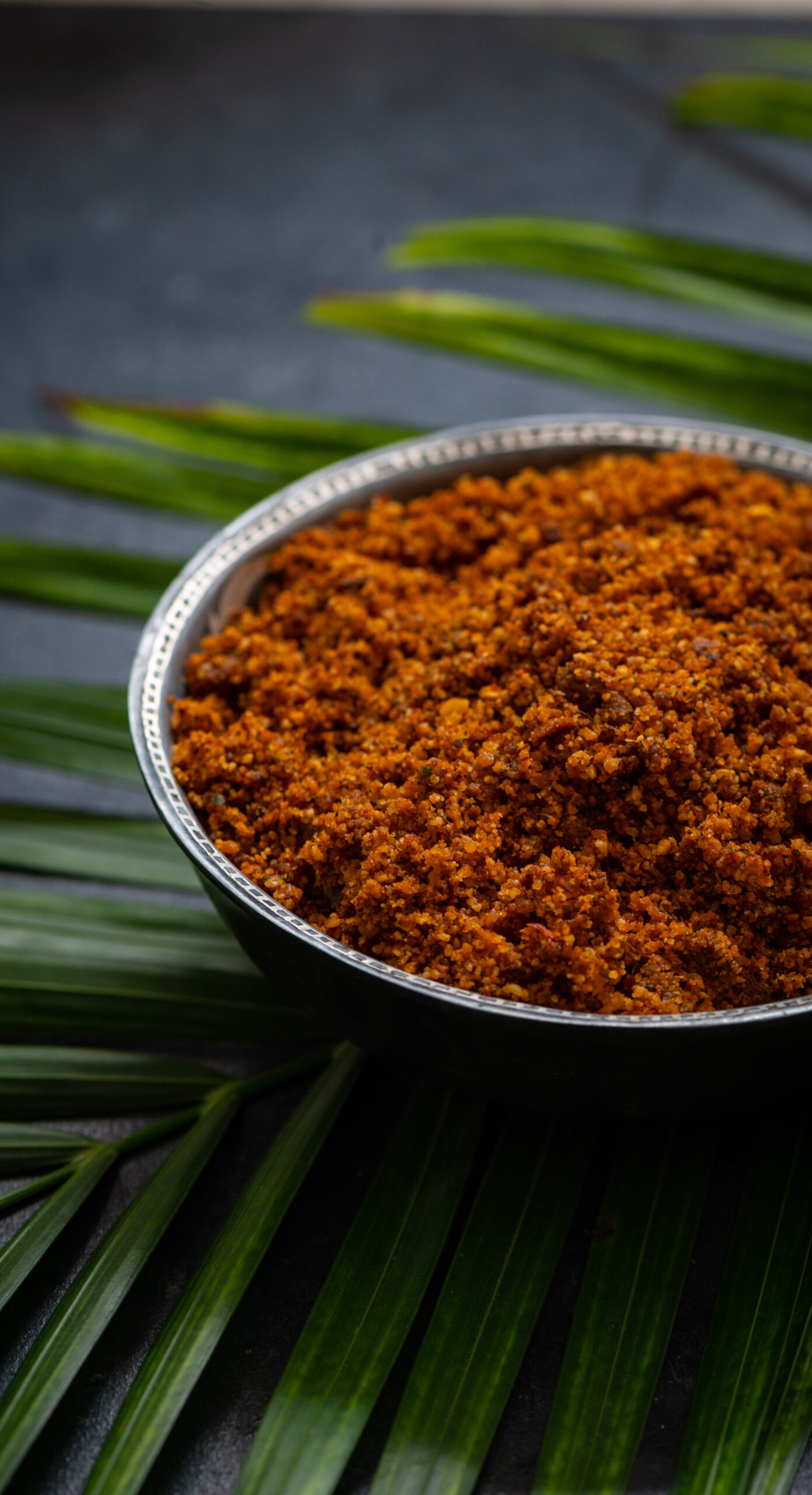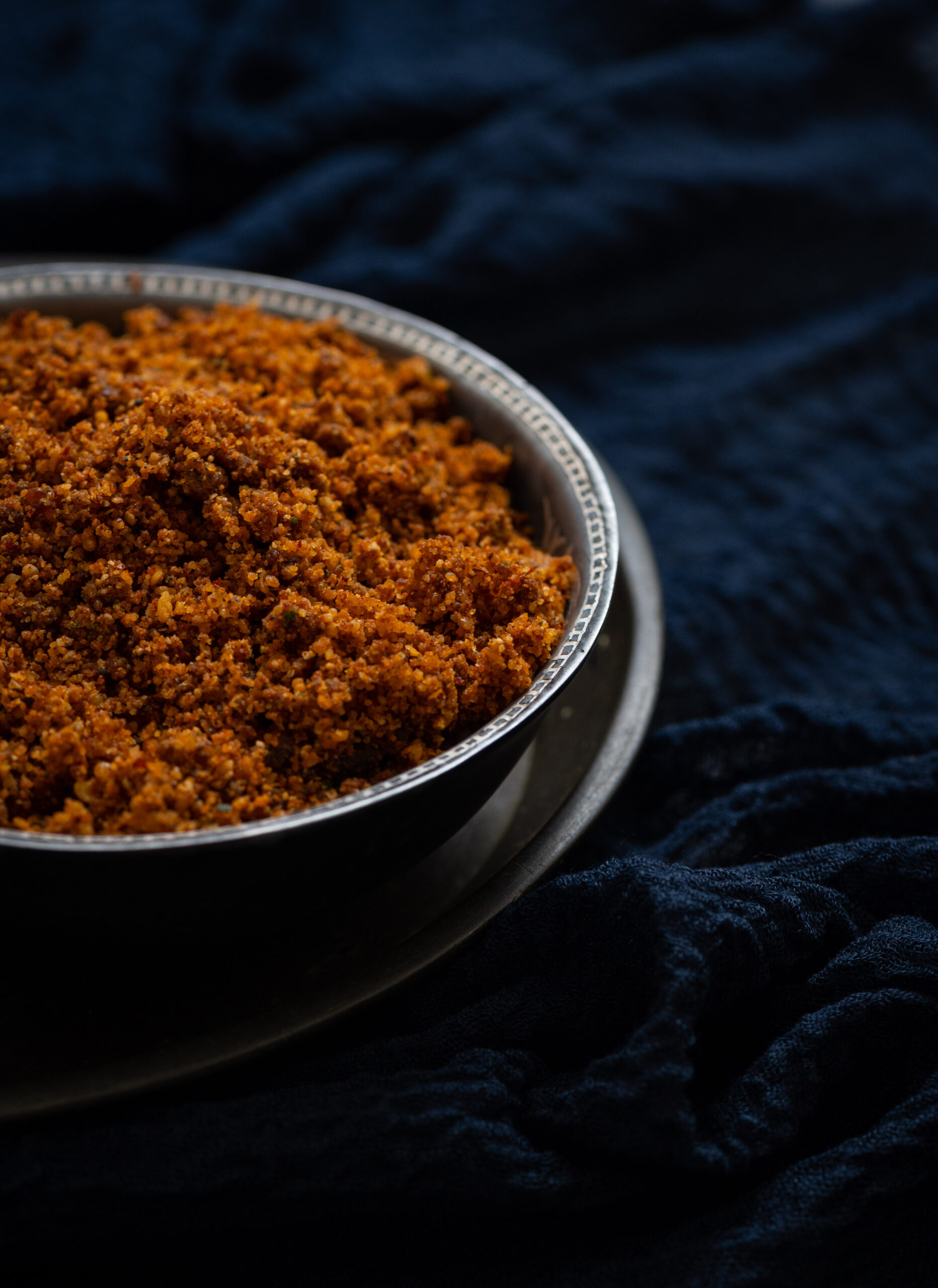As I mentioned a few posts ago, we have a new addition to our family: a daughter-in-law, as one of my sons is getting married. There is newness all around me right now: a new year, with new changes and new surprises. There is a lot of mutual love and acceptance, but there is also a great deal of learning – both on a personal level as well as in the form of new experiences. This is true for every one of us at this time, as the family expands and we adjust to that expansion, even if joyfully. This coconut chutney, which has a twist, comes from my daughter-in-law’s culture in Coorg, South India. It is a delicious take on a classic, and we love it so much that it has now become the only kind of coconut chutney that we make at home.
I have shared a wide range of chutneys on this blog: from peanut chutney to plum chutney, and much in between. Despite also sharing a variety of coconut posts over the years, the two had not come together so far. So I’m thrilled to share this less-than-typical, and very tasty, coconut chutney. The method is exceptionally simple, and if you already have a standard coconut chutney in your own repertoire, you will find this an easy upgrade.
I would love to share more recipes from Coorg as I myself begin learning more over the coming years. I hope you’ll enjoy doing so alongside me, too.
As I said earlier, the learnings are myriad. Becoming a mother-in-law is a whole new chapter of my life. I am sure it won’t always be easy, but I look forward to a lot of togetherness. I hope to apply all the lessons I have learned over the decades about open-mindedness, warmth and sincerity. When I think of my kids and how I have accepted their loveliness and their quirks both, and how they have also been welcomed by so many, I know that we can all find it in our hearts to grow together. I wish also that we can be caring and thoughtful towards each other in the world at large, and instil harmony everywhere.
It’s about accepting differences, of course, but it’s also about celebrating them. I can think of no better way to do this than through food. So without further ado, here is a Coorg-inspired coconut chutney to usher in bright times for us all!
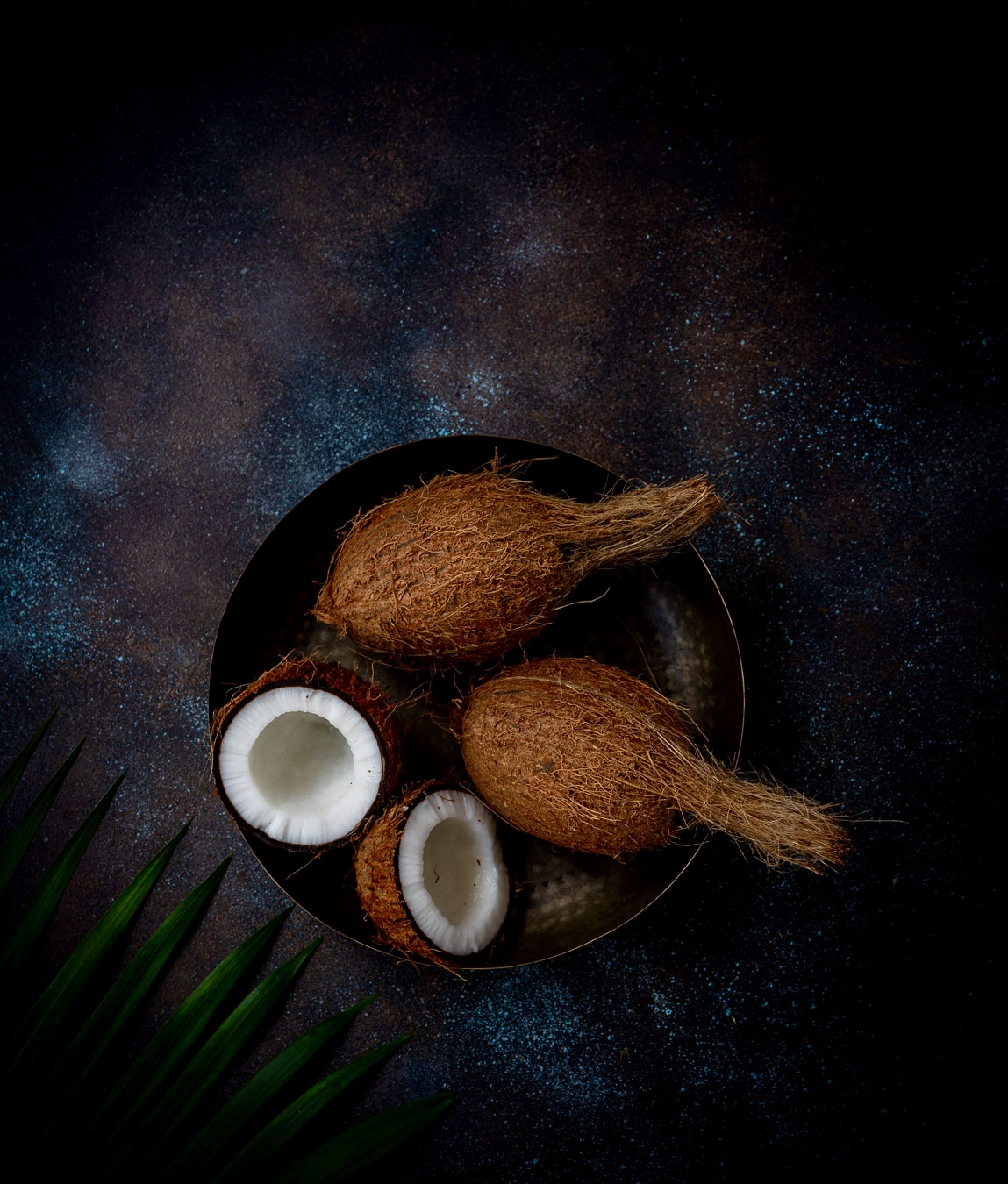
Coorg-Inspired Coconut Chutney
(Yield: 1 cup)
½ cup grated coconut
Marble-sized tamarind pulp (soaked)
2 green chillies
A small piece of ginger
2 tablespoons water
Sugar to taste
Salt to taste
In a blender, add all the above ingredients and blend to a smooth texture. If you require the consistency to be thinner, add more water.
That’s it. Now that your chutney is ready, serve with dosa or idly. Stay tuned for upcoming posts on preparing the batter for these, as well as a special and fun way to enhance your dosa experience!
